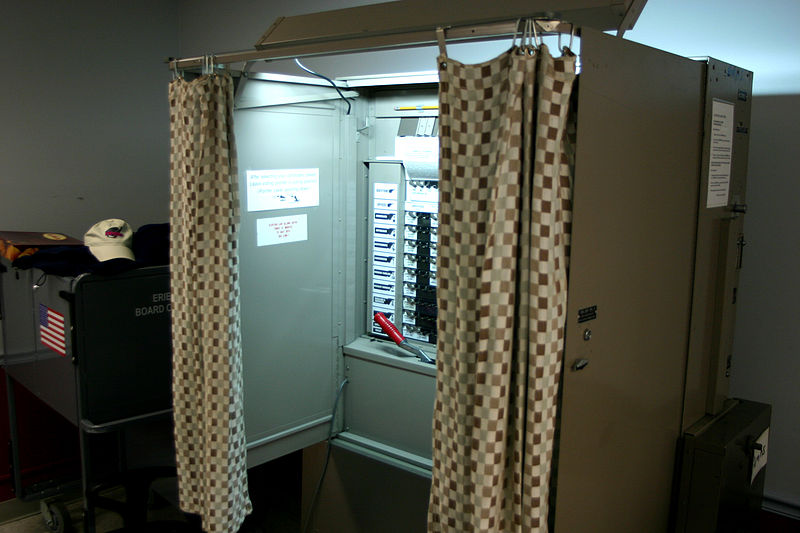Who’s Speaking?
Statistically speaking, an older, African-American woman is more likely to be heard by her government than a twenty-something male college student from a middle-class background. The former is part of the three demographics that vote the most in politics, while the latter is part of a group that The Economist classified as “indifferent” and “uninterested” in the world of Washington.
Experts argue that the unique differences between each demographic in the United States are not necessarily correlated, but instead, they’re due to specific conditions put onto each group. For example, the elderly population are represented by the largest lobbying group in America, the American Association of Retired Persons (AARP); this group has always made sure the priorities of the nation’s retired individuals were the priorities of Congress. Obviously, this phenomenon didn’t occur by chance, so why exactly did the nation’s older demographic become so influential in government? Simple. They voted.
The elderly (65 and older) have voted, on average, 72% of the time in the past 30 years, while individuals between the ages of 18-24 have had their turnout rates on voting day range from 30% to 45%. The major gap between the two percentages has a very clear result. Legislation that makes its way through Congress or State Legislatures is more likely to be pushed through if it supports the needs or desires of the elderly than any other age group.
But what about race? Does the color of one’s skin matter when it comes to representation? Well, no and yes. No, because their is no legal ground for bias or preferential treatment in the legislative process. But yes, because not every race votes to the same degree as their counterparts. White voting turnout has fluctuated since 1988, but has still hovered around 60-65%. Black voters have been steadily going to the polls more and more since 1996, and in 2012 the black voting percentage surpassed the white for the first time in history. Meanwhile, Asians and Hispanics have been trailing behind in the polls with a steady 48% turnout on average. Briefly put, the men and women in Congress are more likely to pander to loudest crowd.
That brings us to the age-old question: who matters more, men or women? According to the CNN, women had more of a say in the elections of 2012 by about 5%. The patriarchy of the 19th century and all American history that lies before it is dead it seems.
Finally, the timeless struggle of power has been between the rich and the poor. So who actually puts forth the effort and votes? In 2012, 80.2% of individuals making $150,000 or more voted, while those making $10,000 or less only had 46.9% of their body representing them at the polls. On top of this, the mega-rich of our country are not afraid to wield the influential powers they’ve been blessed through the use of lobbying. The result? A legislative body that has time and time again been more than willing to support the whims of the rich in favor of the poor. Look no further than the bailouts of banks in 2008, the movement to remove the estate tax, the broken health-care system, or the fact that the loophole ridden tax codes have not been reformed.
Voting does make a difference. If you have a belief, make it heard. Take advantage of the system that allows citizens to shape the laws around them. Otherwise your decisions are going to keep being made for you. The gaps in voting along demographic lines is temporal, and has one easy fix.














Ryan Henley • Nov 5, 2015 at 10:46 am
Old people rock and social security is almost as cool as jello.